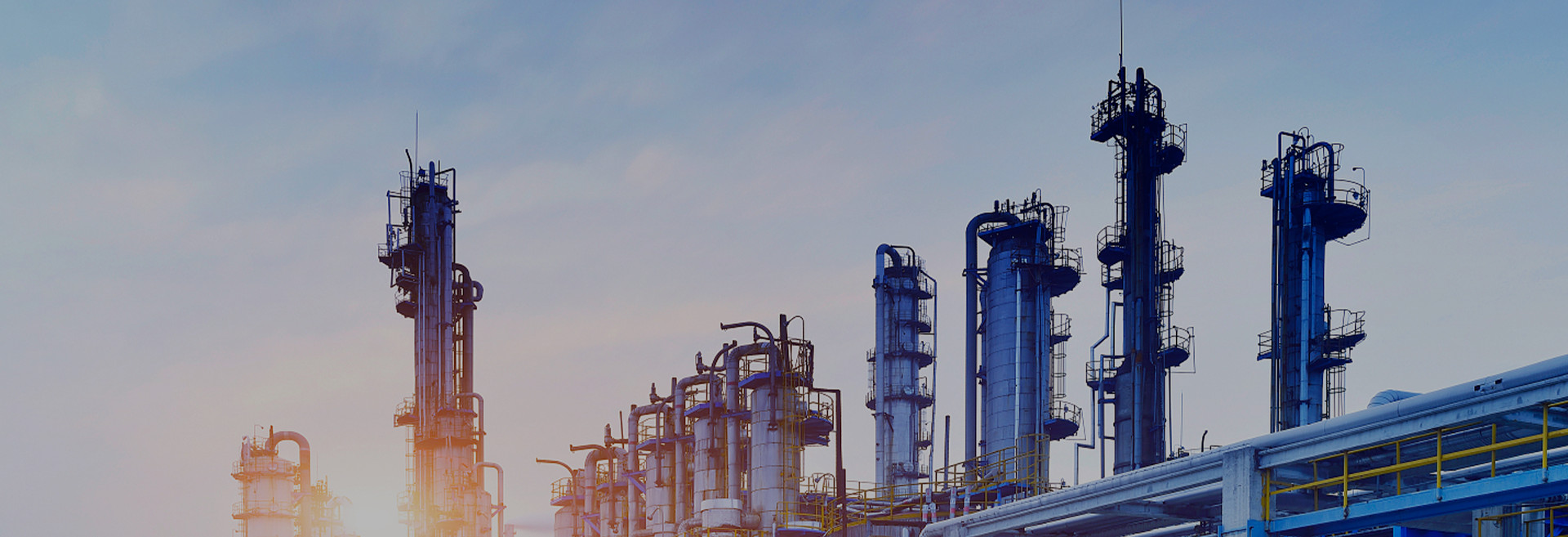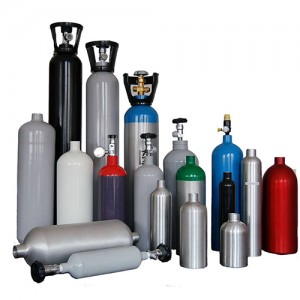Argon fluoride (ArF) laser gas has emerged as a powerful tool in various industrial and scientific applications. This gas, consisting of a mixture of argon and fluorine, offers unique properties that make it ideal for high-energy laser systems. In this article, we will delve into the fascinating world of ArF laser gas and explore its wide-ranging uses and contributions to technological advancements.
Understanding ArF Laser Gas:
Argon fluoride laser gas is known for its exceptional ultraviolet (UV) emission at a wavelength of 193 nm. Its ability to produce short-wavelength, high-energy laser pulses makes it invaluable in fields such as lithography, micromachining, and spectroscopy. The excimer nature of ArF laser gas, where excited dimers rapidly dissociate to emit UV light, ensures precise and efficient energy delivery.
Lithography and Semiconductor Industry:
ArF laser gas has revolutionized the semiconductor industry by enabling advanced photolithography processes. The 193 nm wavelength matches the desired resolution for manufacturing integrated circuits with smaller feature sizes. The precise control and high pulse energy of ArF lasers have propelled the development of cutting-edge microchips, enabling faster processing speeds and increased memory capacity.
Medical Applications and Scientific Research:
ArF lasers find extensive applications in medical and scientific research. They are used in refractive eye surgery, where the focused UV light accurately reshapes the cornea to correct vision impairments. Additionally, ArF lasers play a crucial role in spectroscopy, allowing scientists to analyze molecular and atomic structures with exceptional precision.
Industrial and Manufacturing:
The high-energy output of ArF lasers, combined with their precise control, makes them valuable in industrial manufacturing processes. They are employed in micromachining applications, including drilling, cutting, and surface modification of various materials. ArF lasers offer unparalleled accuracy and versatility, making them indispensable in industries such as electronics, automotive, and aerospace.
Environmental Considerations and Future Developments:
While ArF laser gas offers significant benefits, it is essential to address environmental concerns. Fluorine, a component of ArF gas, is a potent greenhouse gas with a high global warming potential. Researchers and manufacturers are actively exploring alternative gases and laser technologies to mitigate these environmental impacts. Efforts are underway to develop more sustainable and efficient laser systems without compromising performance.
Argon fluoride laser gas has emerged as a key component in advancing various technological fields. Its unique properties, coupled with precise energy delivery, have revolutionized lithography, medical applications, scientific research, and industrial manufacturing. As we move forward, it is crucial to continue exploring sustainable alternatives while harnessing the full potential of ArF laser gas for continued progress and innovation.
Post time: Sep-12-2023


